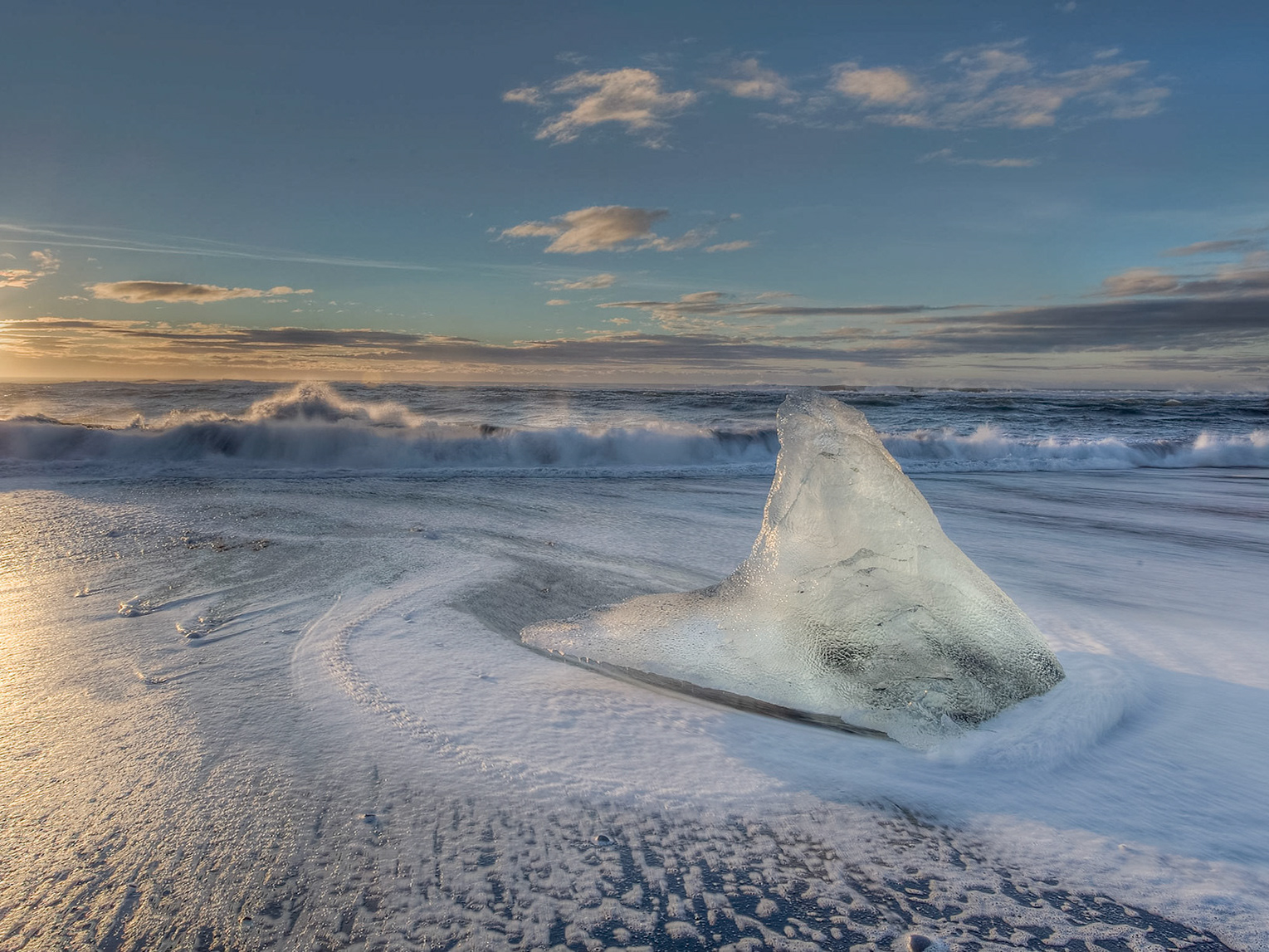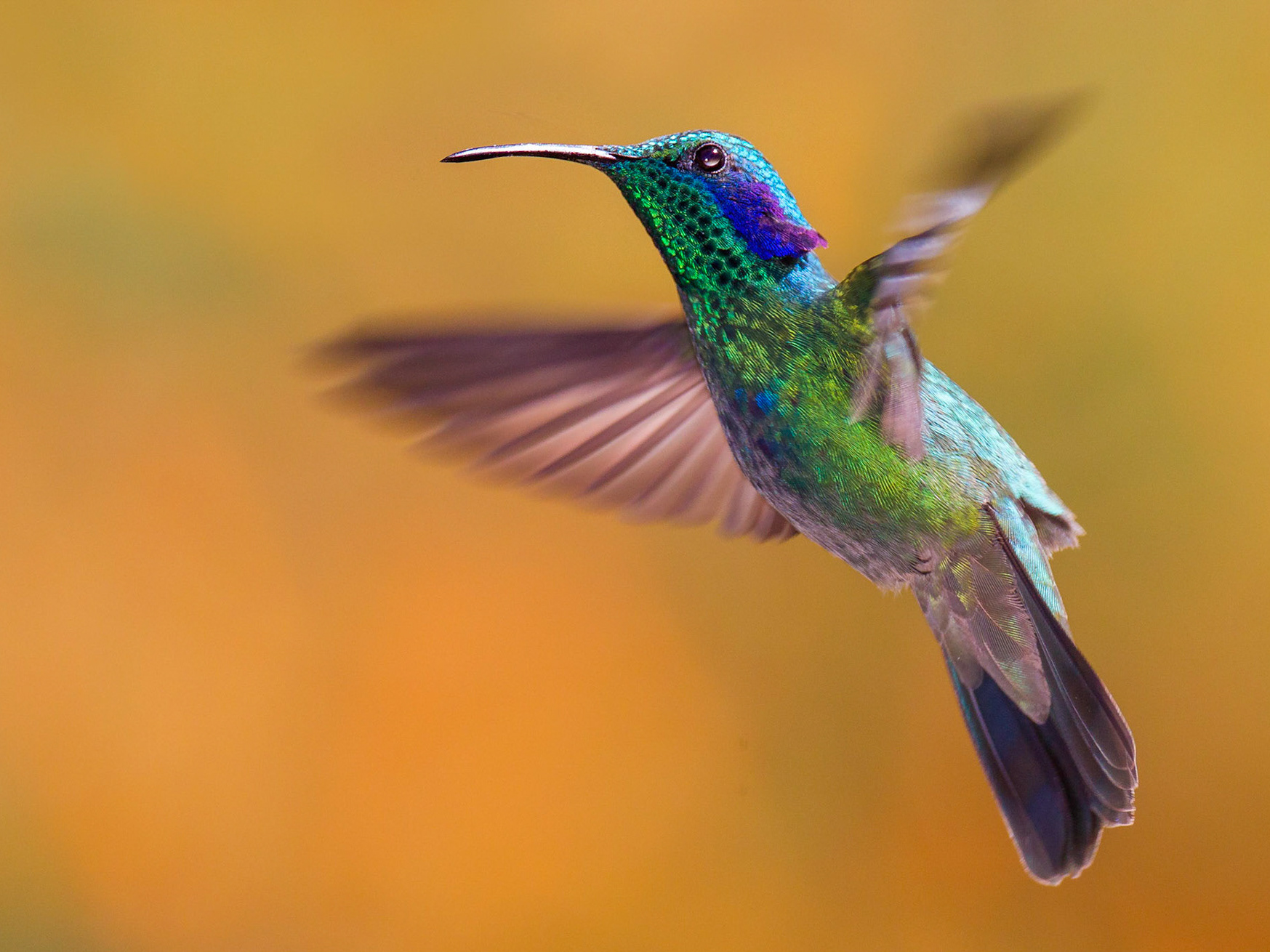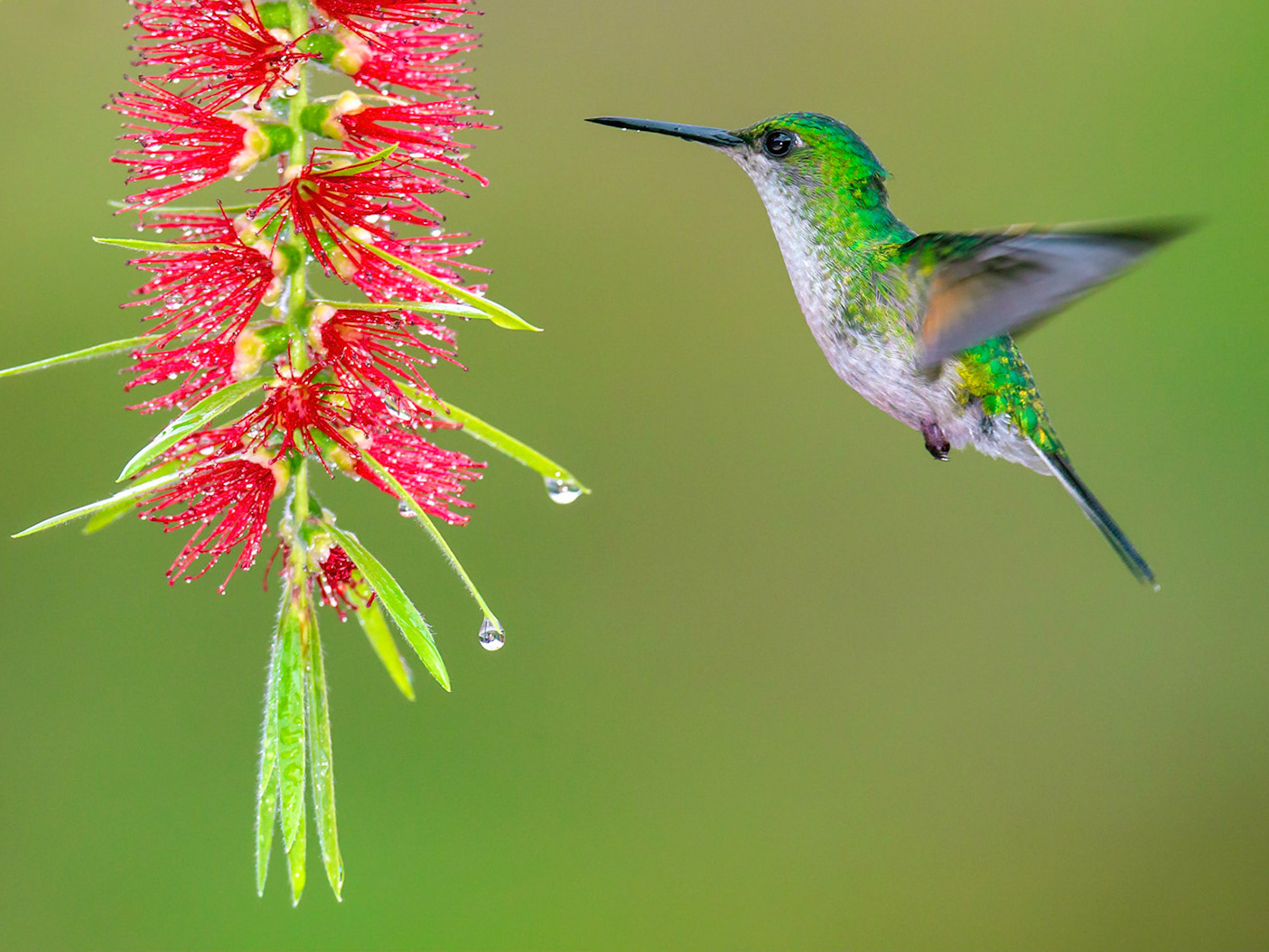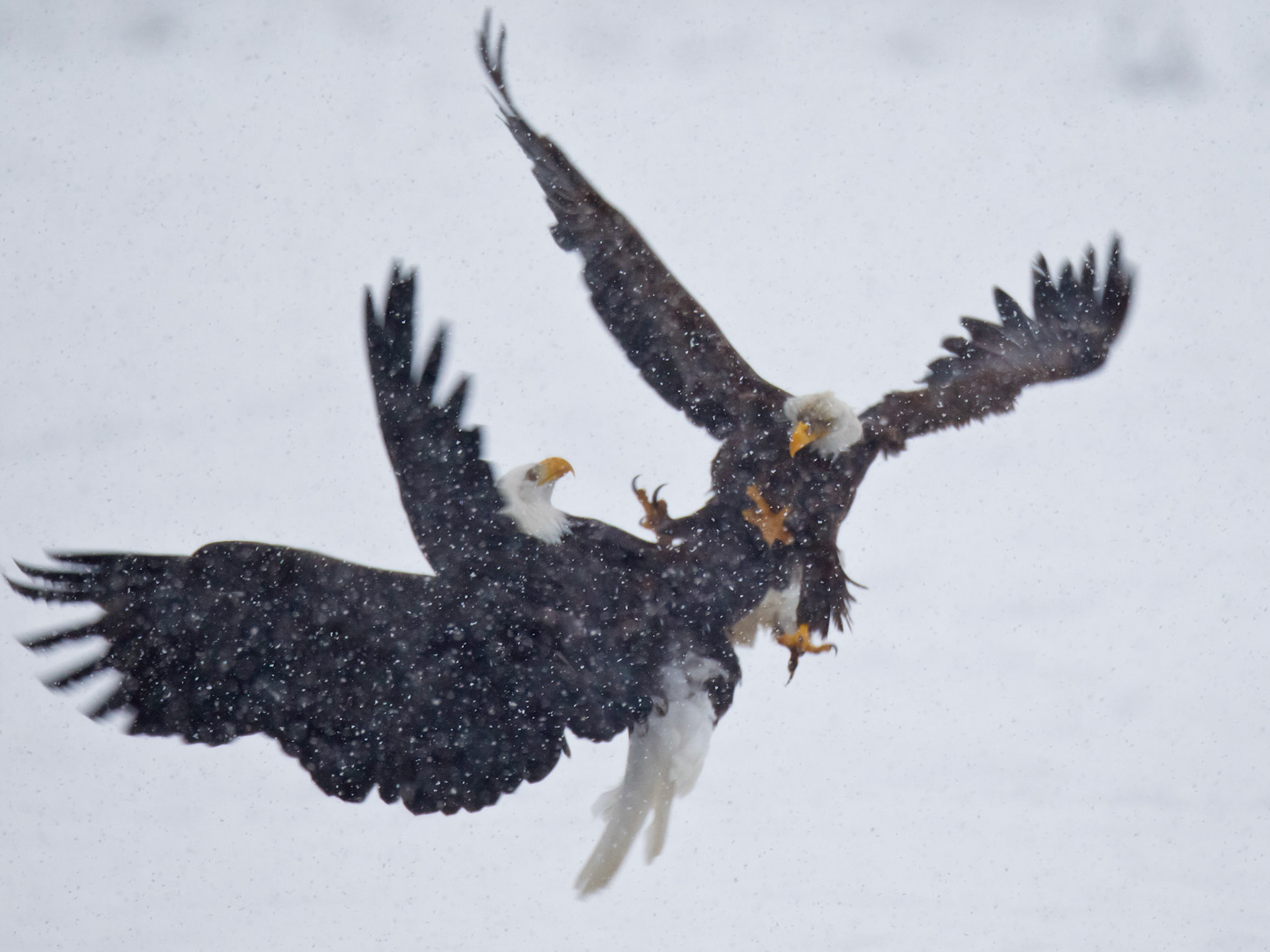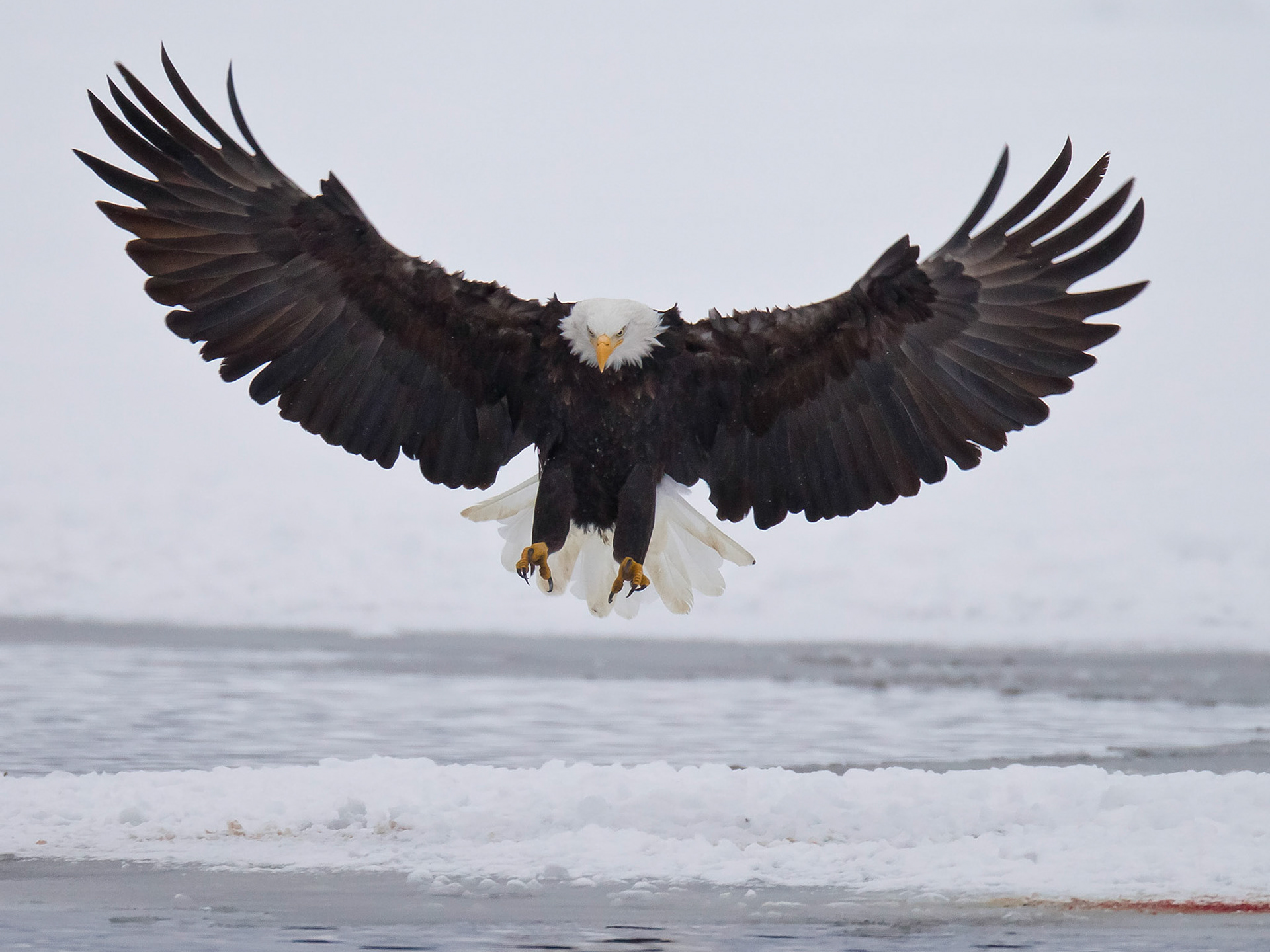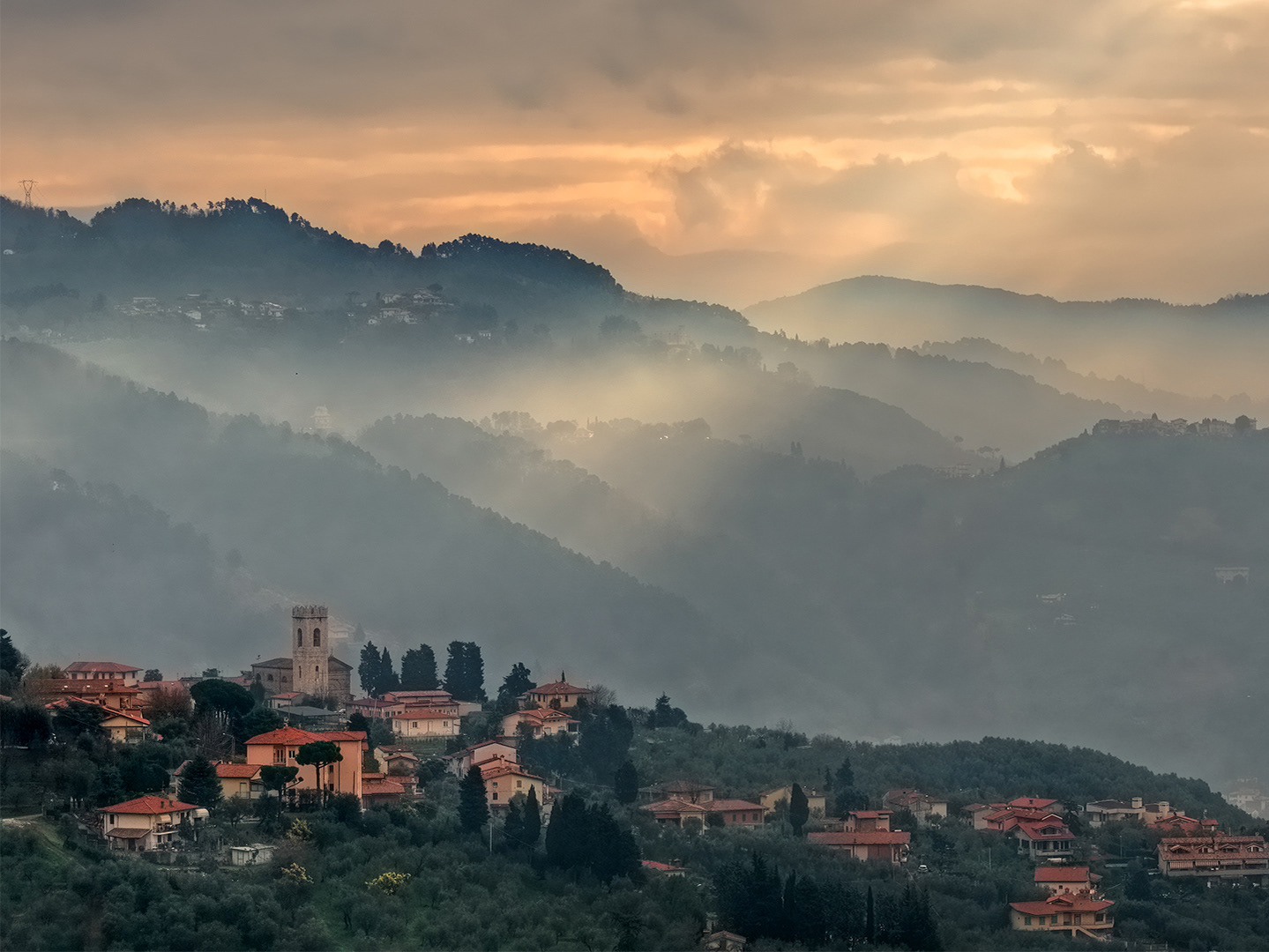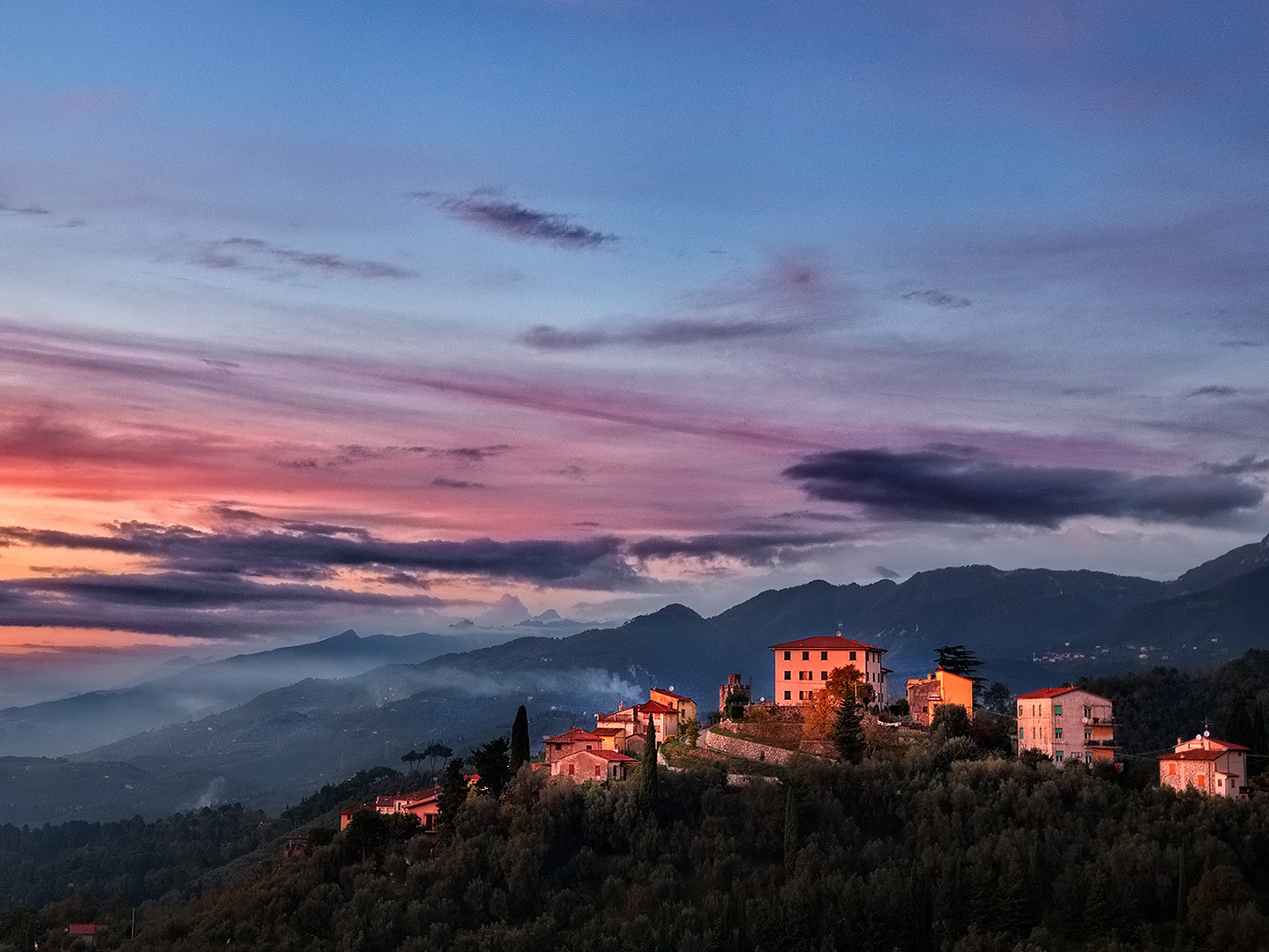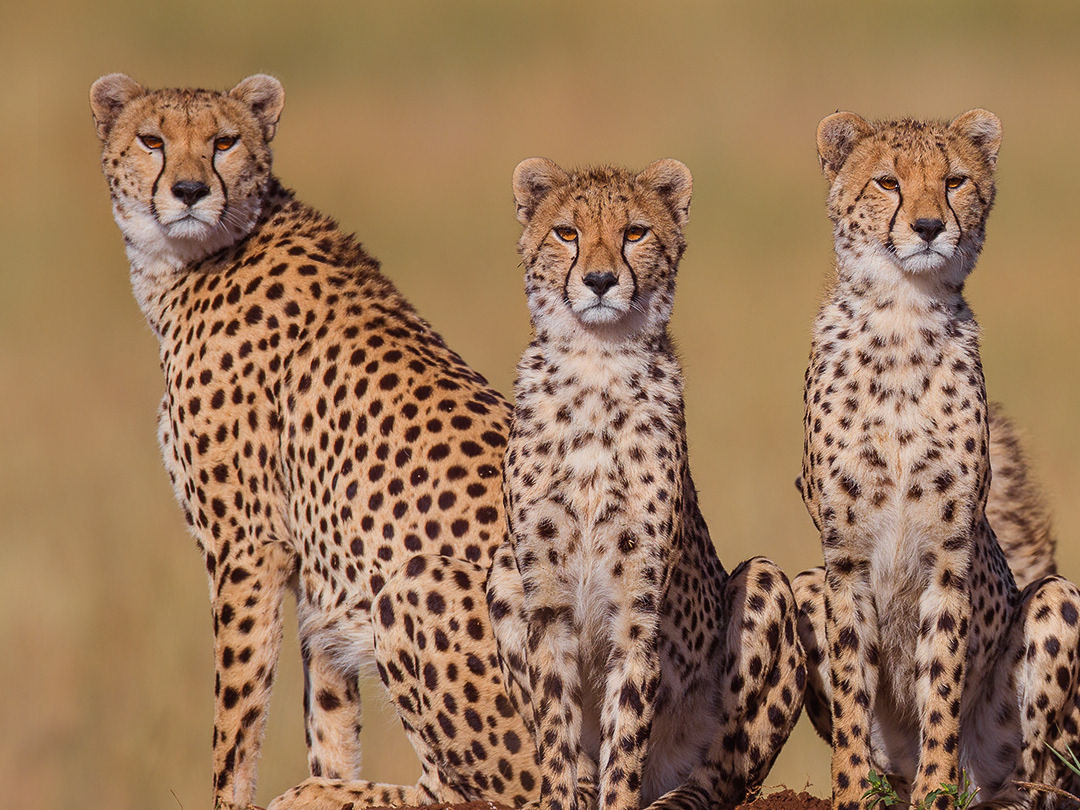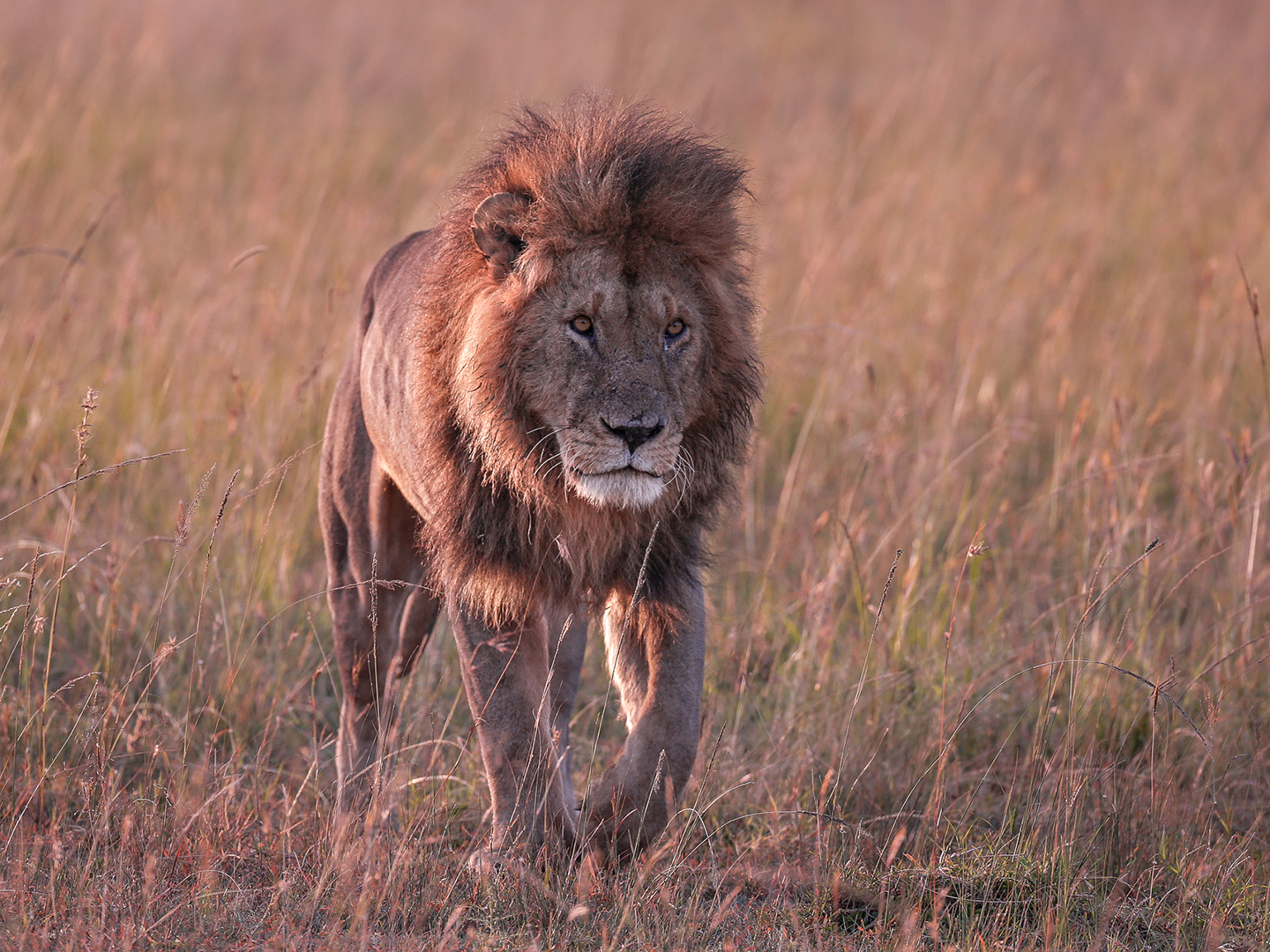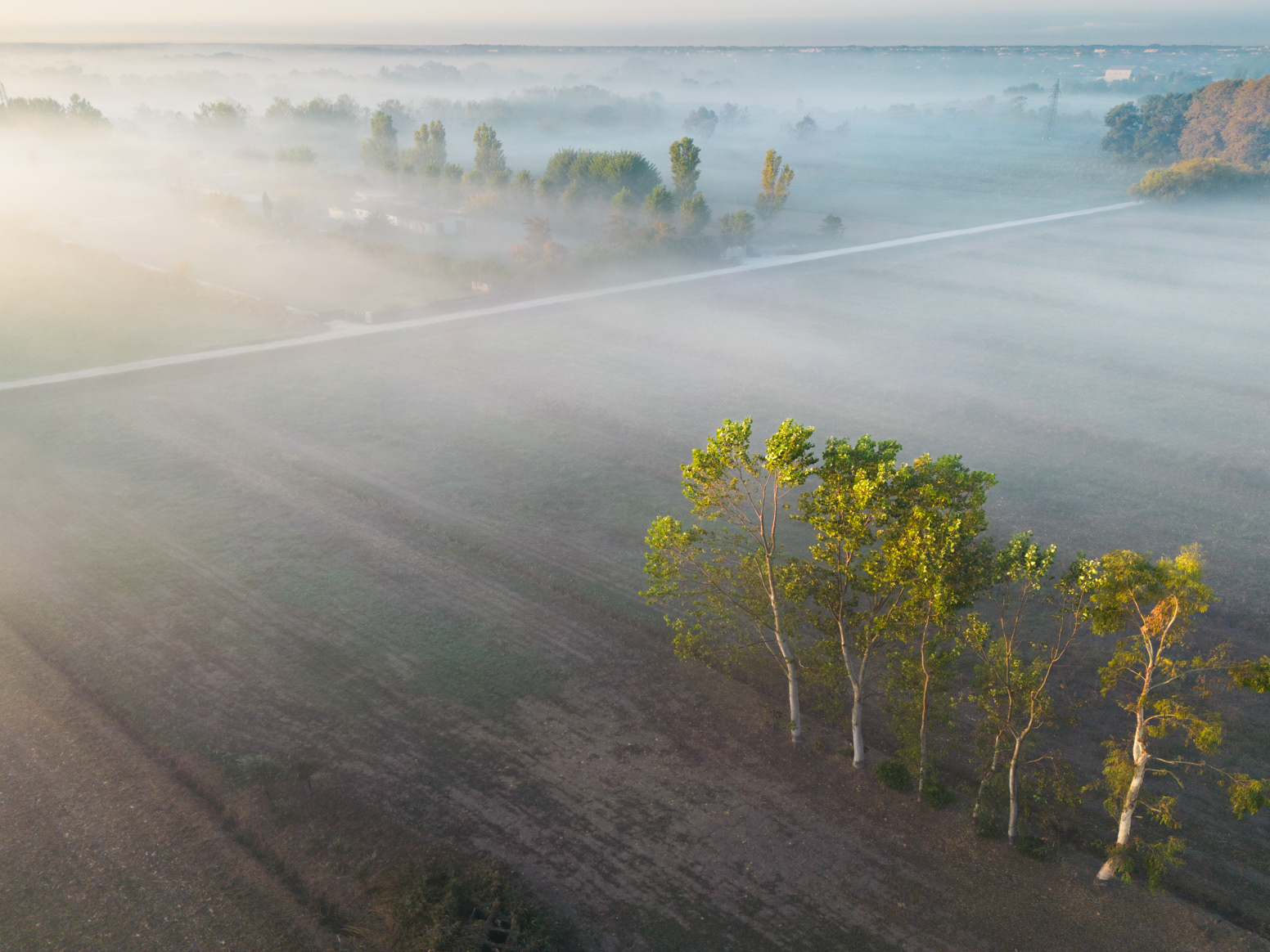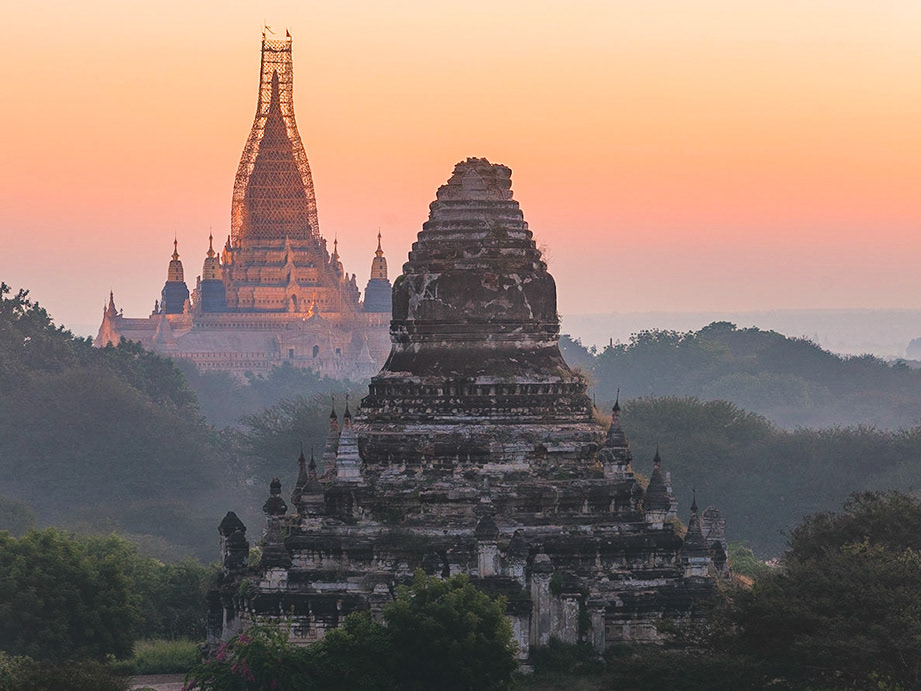The winter of 2021-2022 was very dry in the south and little green was noticeable outside the watered gardens and golf courses. But this winter, 2022-2023, was very different. It was somewhat colder and we experienced more rainy days. The green explosion of colours that followed was rather surprising. An even bigger surprise were the spots of red colours that appeared at some places. The surfaces varied from very small dots to whole fields. The origin of this red eruption are little succulents covering the ground.
I’m a regular visitor of South-Tenerife for many years but this was the first time I witnessed such a burst of red. So I turned my camera away from the wild seashores, which I love so much, to photograph this beautiful flora event.
A detail of the plants that are at the origin of the red explosion in the landscape, tiny little leaves of 1 to 2 cm high
Almost a red field: stack of 9 images, ,Sony 12-24mmf4 at 24mm f9.0 1/100 Iso100
Stack of 5 images, ,Sony 12-24mmf4 at 12mm f11 1/100 Iso100
Stack of 2 images,Sony 12-24mmf4 at 14mm f10 1/100 Iso100
HDR 1/8, 1/40 and 1/250 , 3 images but no focus stacking ,Sony 12-24mmf4 at 12mm f10 Iso100
Rather complicated shot: HDR of two stacks of 9 images each, Sony 12-24mmf4 at 24mm f7.1 1/320 and 1/2500 Iso100 (f7.1 by mistake)
Waiting for a synchronicity with red sky’s was obvious. So my happiness climaxed with the occurrence of cirrus clouds. Because of their high altitude, 4.000 to even 20.000 meters, this can result in a red explosion of colours after sunset. Since the sunlight has to go through a lot of air before it reaches these very high clouds it results in orange-red-purple feathery streaks of color in the sky. But it's always a challenge, sometimes those clouds are present before sunset but disappear just at the moment the sun goes down. But patience and endurance is needed and it will give you a ⅓ chance when they are present during the late afternoon.
HDR Pano 1 row of 5 images, 2 expo. 1/5 and 0,8sec ,Sony 12-24mmf4 at 12mm f10 Iso100
The results can sometimes be amazing with red and green on the ground in heavy contrast with the blue and red from the sky.
HDR Pano 1 row of 5 images, 2 expo. 0,5sec & 2sec ,Sony 12-24mmf4 at 14mm f10 Iso100
HDR Pano 1 row 2x2 images, 0,5sec & 2,5sec ,Sony 12-24mmf4 at 24mm f10 Iso100
20 minutes after sunset, sometimes these red colours can last for rather a long time,
HDR: 2 images, 4sec & 20sec ,Sony 12-24mmf4 at 18mm f11 Iso100
Technical footnote:
Enjoyed very much my new Sony A7rV combined with the Sony 12-24mm F4 G lens, the first Sony camera with automatic focus stacking...finally.
The foreground was often 10-20 cm close to the lens. The focus stacks consisted of 2 to 9 images (stack setting at wide).
Concerning HDR images: Sometimes only two different exposures were taken instead of three, one exposed correctly for the sky and one with 2,5-3 stops more light (for the foreground).
All were manually exposed and with the zebras just not visible in the sky (threshold zebras set at 100+).
The used stacking program was HeliconFocus for all of the images and the program can directly be accessed from Lightroom (via "Export"). Most of them contain a lot of fine overlapping details between close and further away fine leaves and Photoshop didn’t perform very well here.


